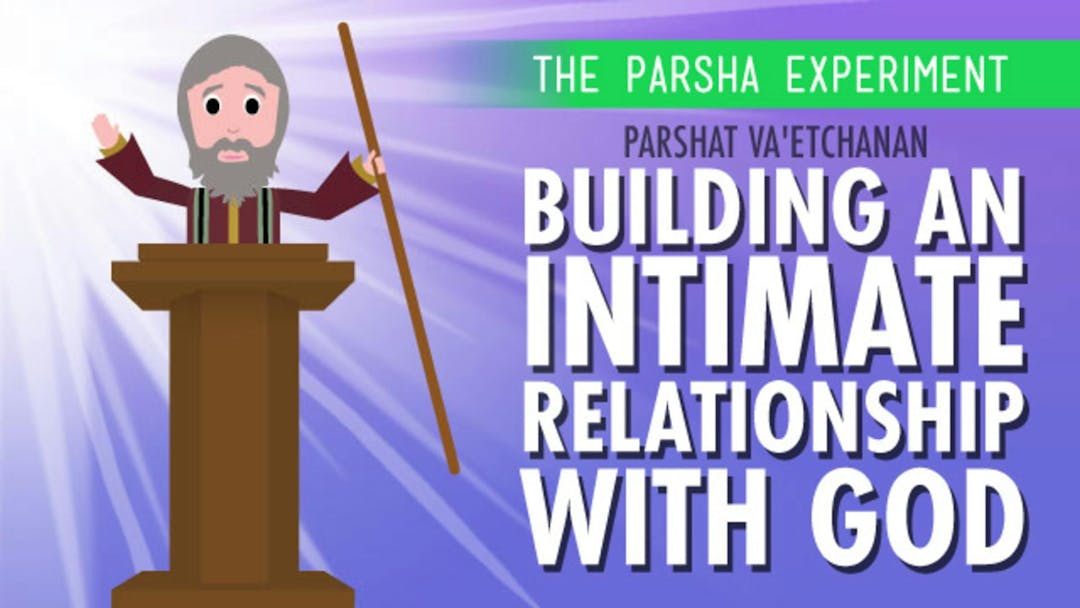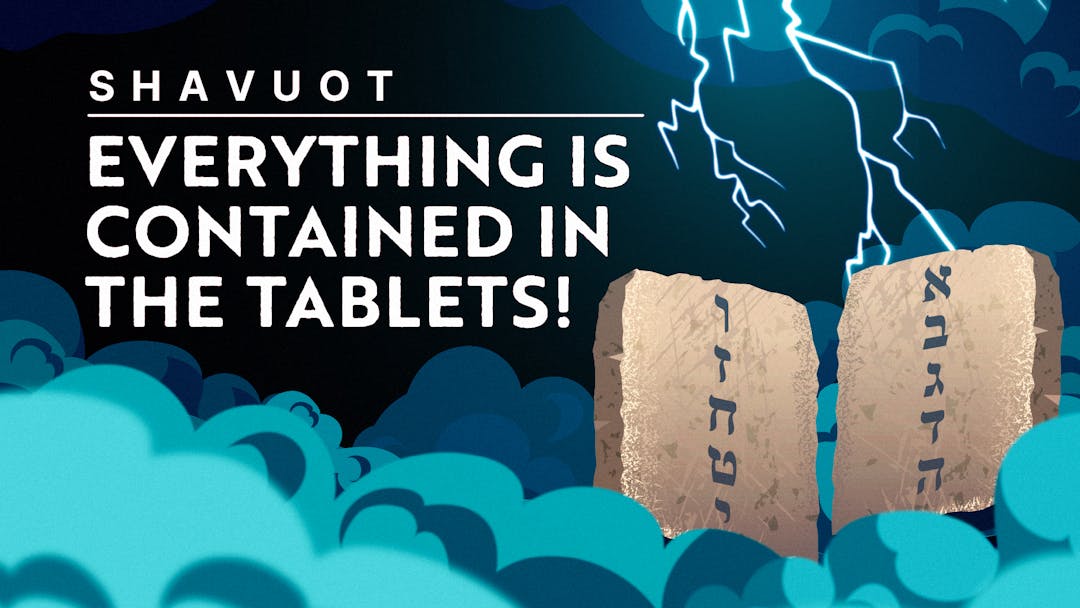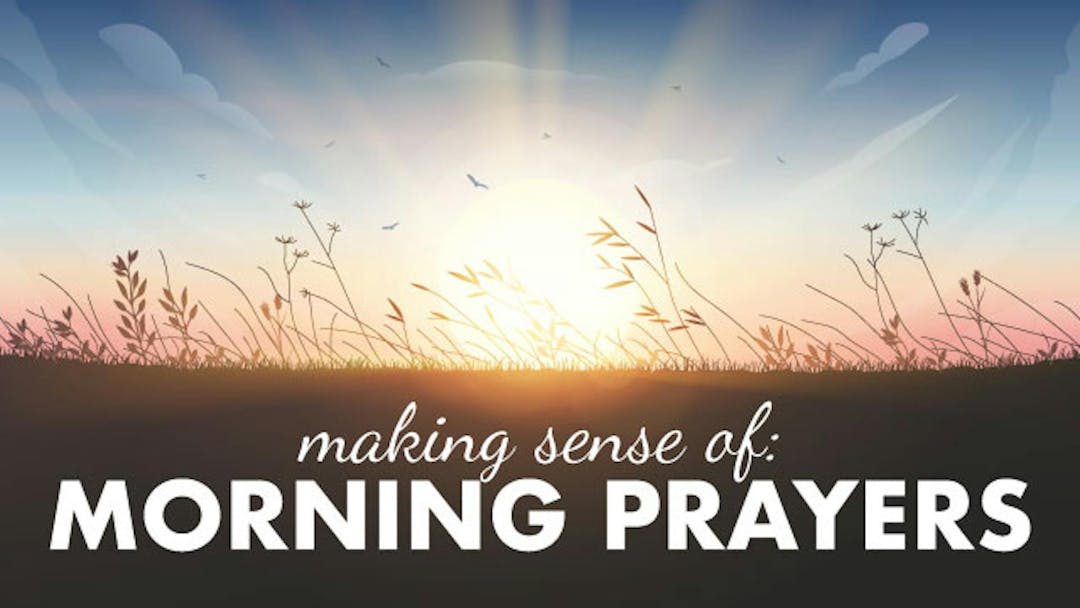Start your free trial today to unlock the full library and enjoy unlimited and uninterrupted access.
Get StartedSeeing Layers In The Ten Commandments
What Is The Ten Commandments' Underlying Theme?
How do the Ten Commandments still apply today? After all, most of them are not difficult to observe – “don’t steal… don’t kill” – these are not laws you need to think about daily. So do we actively apply the Ten Commandments in our lives – or is there a deeper theme that we're missing?
Join Rabbi Fohrman as he re-examines and simplifies the Ten Commandments to uncover the main themes. The Ten Commandments have a breadth of meaning hidden in its words that indicate an enormous amount about the way we should live our lives today.
By simplifying the layers, we can begin to uncover what is the central idea that lies at the heart of all the Ten Commandments – a theme that has an incredible influence on how we should manage all of our relationships.
Want to watch the full video for free?
Enter your email and we’ll send you a link to watch the full series free.
What is Aleph Beta?
Aleph Beta is a unique kind of Torah library. Led by our founder, Rabbi David Fohrman, we are dedicated to high-level, textual Torah learning for adults that is intellectually and spiritually sophisticated, that enlivens your Jewish practice and helps you forge a deeper connection to God. Whether you’ve been learning in yeshiva for years or you’re just beginning your Torah journey, you’re sure to find something meaningful and surprising waiting for you here.
Browse our library of over 1,000 beautifully produced animated videos, podcasts, deep dive courses, and printable guides. Topics include the weekly parsha, Jewish holidays & fast days, laws & mitzvot, prayers, relationships, big philosophical ideas and more. Have something to say at the Shabbos table that will amaze your family and guests and bring deep meaning into their lives.













